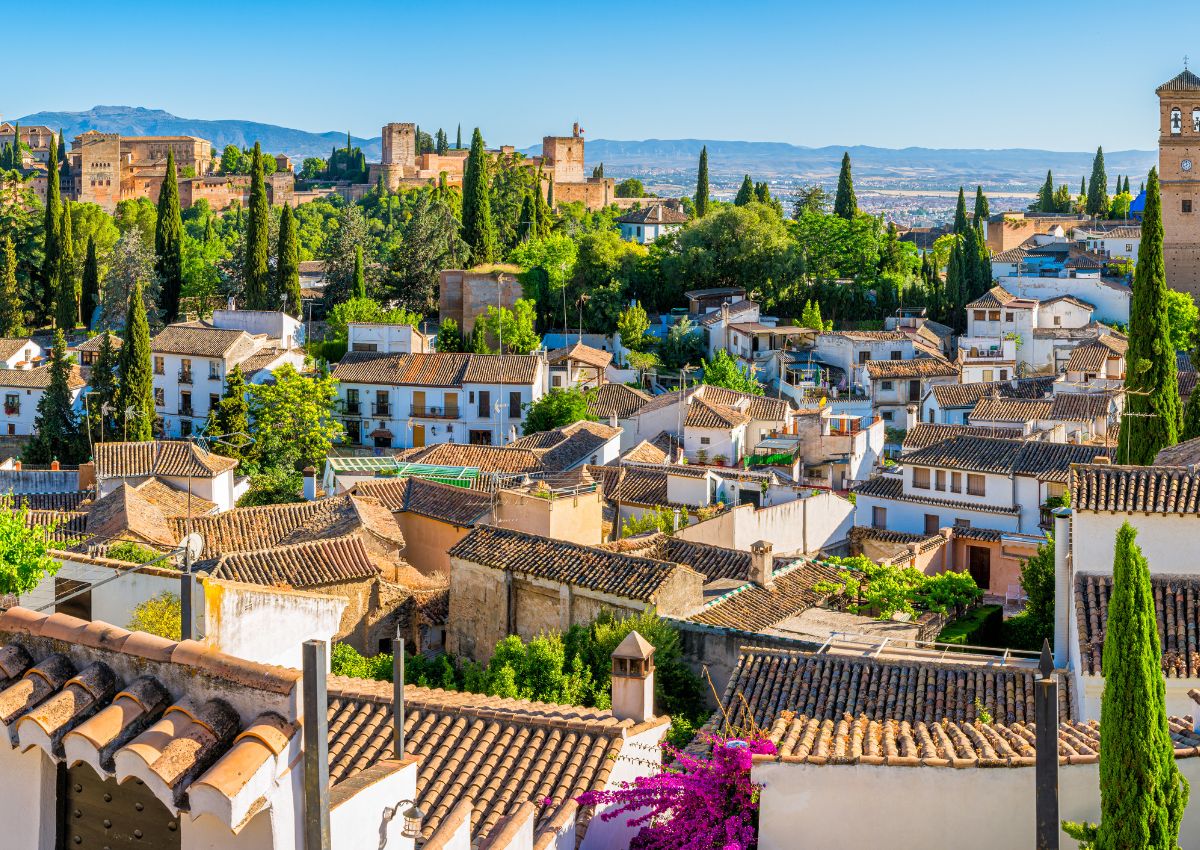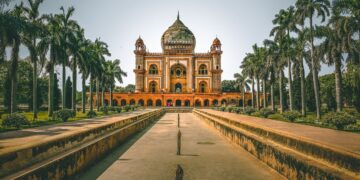Let’s discuss one of its pearls – the city of Cordoba and order a Cordoba free walking tour.
Ancient and Picturesque Cordoba
The history of Cordoba is mixed, as in any Andalusian city: the Romans in the 2nd century BC, an independent Arab caliphate since 711. At this time, the city became the capital of the caliphate, a mosque, and baths were built here and one of the largest libraries of that time was equipped. In 1236, Cordoba was returned to the Christians, and the mosque was turned into a cathedral. In Cordoba, Christopher Columbus for the first time offers the Spanish monarchs a plan of his journey and is refused, and at the end of the 19th century bullfighters become local rock stars – you can still see their portraits in bars. The rebuilt mosque and the entire city center are a UNESCO World Heritage Site.
Mezquita Mosque-Cathedral
It is the heart of the city and the point of attraction for all tourists. This is definitely a place of power:
- Even before the construction of the mosque in the 8th century, there was a basilica here.
- In 1238, after the Reconquista, the mosque was turned into a cathedral – you can imagine the cool mix of styles that ended up.
- The scale of the building is amazing – it is huge.
- The ticket costs only €10.
Once upon a time, railway tracks passed through the city, which divided it into two parts steeper than the Berlin Wall: it was possible to cross them only in four places. In 1992, the paths were hidden underground, and an avenue with fountains and parks (Paseo de Córdoba) was arranged on top. The locals affectionately call this place “our embankment”.
In general, the best thing to do in Cordoba is to get lost in the white streets of the old town (don’t forget to take a look at the narrowest street in the city, Calleja del Pañuelo, and test your ingenuity as a photographer). In the morning, go to the local Mercado de la Corredera market, in the evening sit in the spacious Plaza de la Corredera, or take a walk along the majestic Guadalquivir along the Ronda de Isasa, cross the wide river on the preserved Roman bridge and have a picnic in the park on the other side.
See portraits of Spanish beauties at the museum of local artist Julio Romero de Torres. You can also visit the Museum of Fine Arts in Plaza del Porto – by the way, the square itself was mentioned by Cervantes in Don Quixote. Locals say that nothing much has changed since then. But for contemporary art, go to the Vimcorsa gallery.
Stop by the local university, a luxurious baroque building that has an inexpensive cafeteria (you can safely go to the courtyard). Students and, as they say, ghosts live here.
When you get tired of walking around the city, you can relax in the hammam – there are several Arab baths in the historical center (it’s not for nothing that Cordoba was the capital of the Arab caliphate for several centuries). For two or three hours of relaxation, you will pay € 20-60 – depending on the duration and number of procedures. Here are two options to choose from: Baños Arabes Cordoba (Calle Almanzor, 18) and Hammam Al Andalus.
Take your fantastic trip to Cordoba!












